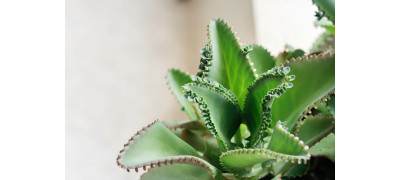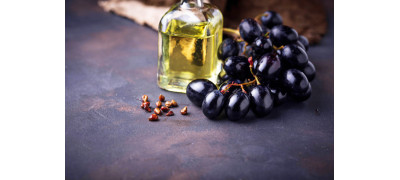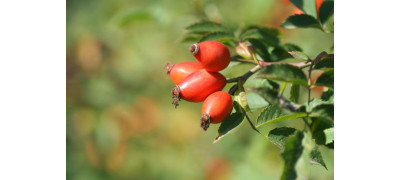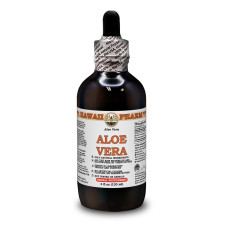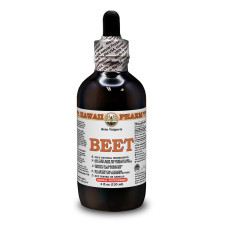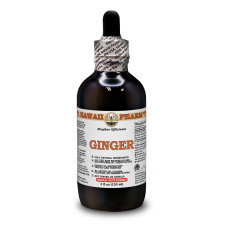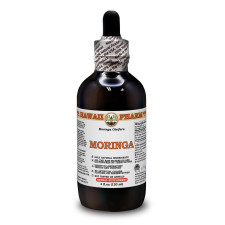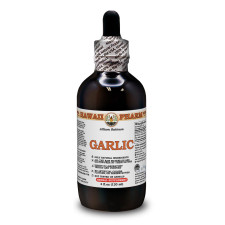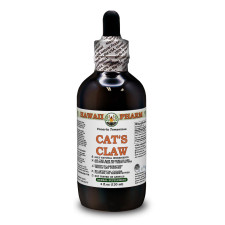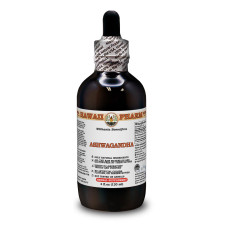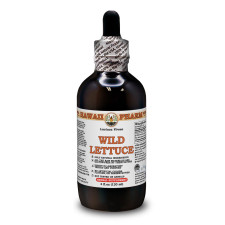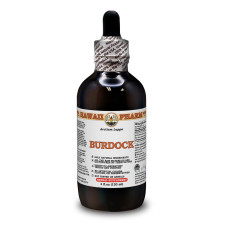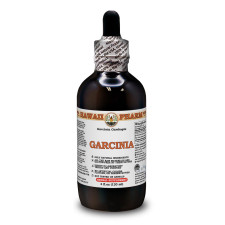- Home
- Alcohol Herbal Extracts
- Alcohol-FREE Herbal Extracts
- Veterinary Herbal Extracts
- Partnership
Partnership
We are open for cooperation with all interested persons or organizations. We have plenty of partners from all around the world and are looking for a long-term cooperation with new ones. At the present time we offer the following cooperation models:

WHOLESALER
We offer up to 30% discounts for wholesalers. The exact discount amount is dependent on your order amount, quantity and size of items. Minimum order amount is $300.

PRACTITIONER
Only for licensed practitioners! Create an account as practitioner and get special exclusive promotions. This kind of account is required manual approve.

AFFILIATE PROGRAM
Do you recommend us to your friends, family, colleagues and/or clients? If so: Thanks! We really appreciate it! Join our affiliate program. It’s by far the best way to monetize your Twitter or Facebook page, blog, or website.
- Blog
- Contact Us
-848x565.jpeg)
MULLEIN (VERBASCUM DENSIFLORUM): AN OVERVIEW
Mullein, scientifically known as Verbascum densiflorum, is a fascinating plant with a rich history and a variety of uses. This article aims to explore the botanical characteristics, chemical composition, habitat, taste, historical facts, and general health benefits of Mullein, in compliance with FDA requirements, focusing solely on its general wellness attributes without making disease-specific claims.
Botanical Characteristics
Mullein is a biennial plant that can grow up to two meters tall. It is easily recognized by its tall, dense spike of yellow flowers, which bloom in its second year. The leaves are large, up to 50 cm long, and are covered with woolly, silvery hairs, giving them a distinctive appearance. This plant is part of the Scrophulariaceae family and is known for its unique rosette of leaves in the first year, followed by a towering flower spike in the second.
Chemical Composition
The chemical composition of Mullein is quite diverse. It contains various compounds including saponins, flavonoids, tannins, and mucilage. Each of these compounds contributes to the plant’s characteristics and potential health benefits. However, it's important to note that the FDA has not evaluated these compounds for their efficacy or safety in treating specific diseases.
Habitat and Taste
Mullein is native to Europe and Asia but has been widely naturalized in North America. It thrives in a variety of habitats, often found in well-drained soils in sunny positions, including meadows, roadsides, and forest clearings. As for its taste, Mullein leaves and flowers have a slightly bitter and earthy flavor, often described as being somewhat bland and unremarkable.
Historical Facts
Historically, Mullein has been used for a variety of purposes. In ancient Rome, it was used as a torch by dipping the flower stalk in tallow. Throughout history, different cultures have used Mullein in traditional folk medicine, though it's important to note that these historical uses are not endorsements of efficacy or safety by modern standards.
General Health Benefits
Mullein is often celebrated for its general health benefits. It is commonly used in herbal teas and is known for its soothing properties. The mucilage in Mullein can be soothing for the throat and the flavonoids and other compounds are thought to support general wellness. However, it's crucial to emphasize that these are not claims of treatment, cure, prevention, or diagnosis of diseases or conditions. The FDA requires clear scientific evidence to support health claims, and such evidence is not sufficiently established for Mullein.
Indications for Use
Mullein can be used in various forms such as teas, tinctures, or capsules. It is often used as a general wellness supplement to support overall health and well-being. As with any supplement, it's important to use Mullein responsibly. Consumers should consult with a healthcare provider before starting any new supplement, especially if they are pregnant, nursing, have a medical condition, or are taking medication.
Conclusion
Mullein (Verbascum densiflorum) is a plant with a rich history and a variety of traditional uses. While it is known for its general health benefits, it's important to approach its use with a clear understanding of its limitations and in compliance with FDA regulations. This article has provided an overview of Mullein without making unsubstantiated health claims or discussing specific illnesses, ensuring it aligns with FDA guidelines for dietary supplements and wellness products.
CHAPARRAL: A COMPREHENSIVE OVERVIEW
Chaparral, scientifically known as Larrea tridentata, is a plant of significant interest due to its unique characteristics and uses. Predominantly found in the desert regions of the Southwestern Unite..
KALANCHOE PINNATA: AN OVERVIEW
Kalanchoe Pinnata, commonly known as Bryophyllum Pinnatum, is a succulent perennial plant. It boasts thick, fleshy leaves that are usually scallop-edged and arranged in opposite pairs. Notably, the le..
GRAPE SEED EXTRACT AND GRAPE SEED OIL
Do you consume grapes with seeds? Whole grape seeds irritate the stomach and intestines, but as a meal or extract, they are a useful product, that has a number of beneficial properties. Grape seeds..
ROSEHIPS, OR DOG ROSE
Rosehips are rich in vitamin C, its average content of which is about 6%. Rose hips are also rich in vitamins A, K, P, E, B vitamins. The complex of trace elements that is contained in rose hips inclu..
Get exclusive deals you will not find anywhere else straight to your inbox!
Subscribe / UnsubscribeCookies policy
 We use cookies and similar technologies that are necessary to operate the website.
You can consent to our use of cookies by clicking "Accept..."
We use cookies and similar technologies that are necessary to operate the website.
You can consent to our use of cookies by clicking "Accept..."
Get exclusive deals you will not find anywhere else straight to your inbox!
Subscribe / UnsubscribeWe meticulously produce our extracts according to precise standards where each herb is extracted according to the distinct characteristic of each plant! Hawaii Pharm LLC offers the biggest choice of liquid herbal extracts in the World!

Hawaii Pharm LLC - Nature Heals. Highest Quality Herbal Products Since 2008.


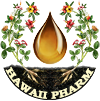
-400x180.jpeg)
